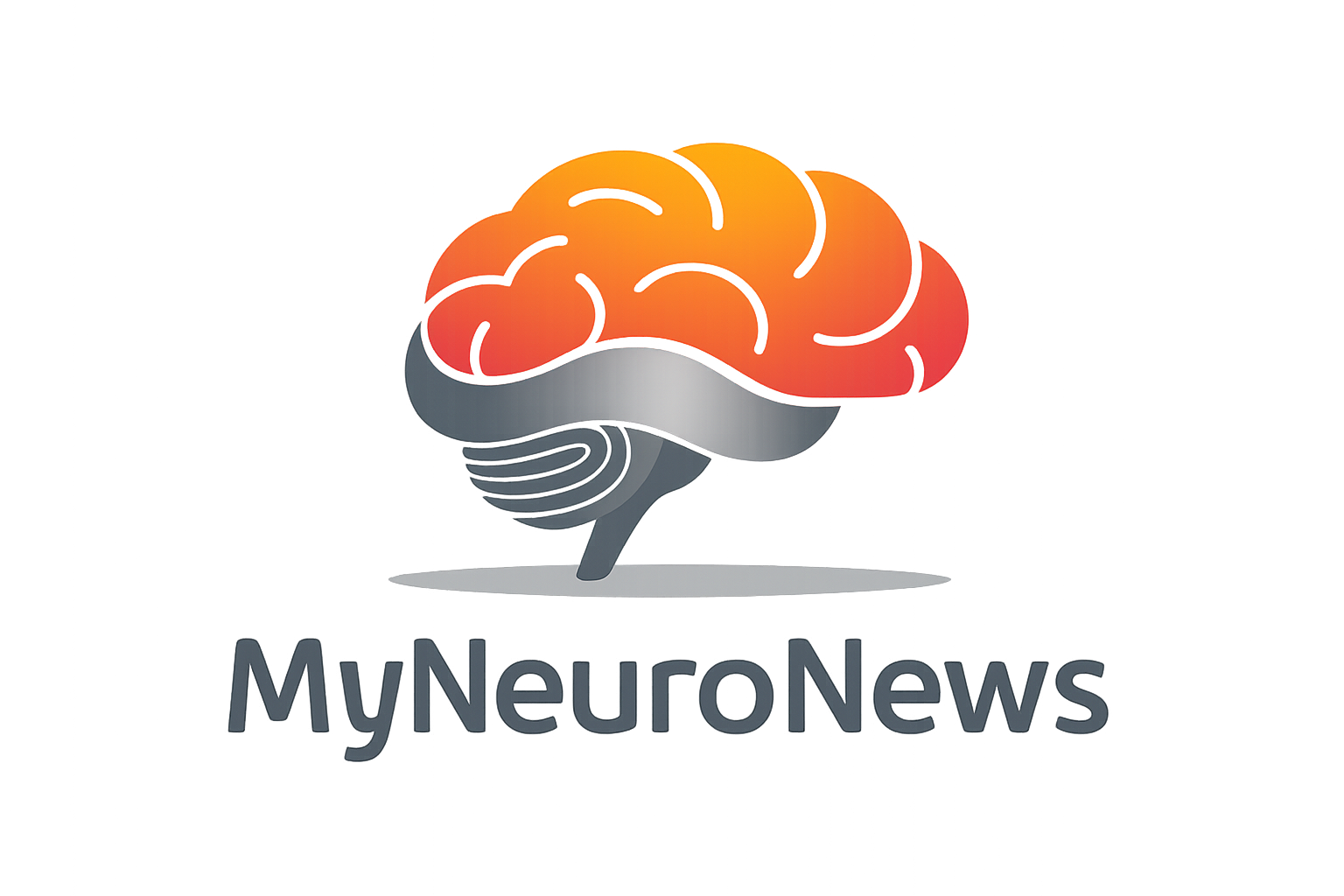Epilepsy has long been a subject of fascination and misconception throughout history, often intertwined with cultural, religious, and medical beliefs. While scientific advancements have greatly enhanced our understanding of epilepsy, some outdated and problematic ideas have persisted, particularly the notion that epilepsy is linked to criminality and aggressive behavior.
In the 19th century, epilepsy was often associated with violence and criminality, a theory that gained significant traction in both medical and psychiatric circles. Many early psychiatrists believed that epilepsy caused changes in behavior, leading to aggression, unpredictability, and even criminal acts. These assumptions were often rooted in a broader theory of the “epileptic personality,” characterized by traits like impulsivity, irritability, and an inability to conform socially.
This idea was further popularized by figures like Cesare Lombroso, who connected epilepsy with what he termed “born criminality,” suggesting that epilepsy was a fundamental cause of deviant behavior. Lombroso’s theories, although discredited today, were instrumental in the development of early criminal psychology and contributed to the stigmatization of people with epilepsy.
Despite the considerable progress made in epilepsy research, the association between epilepsy and criminality continued to influence medical and legal thinking well into the 20th century. The notion of the epileptic personality, while debunked by modern neuroscience, resurfaced in various forms, such as in the work of Norman Geschwind, who described a specific set of behavioral traits linked to temporal lobe epilepsy.
Today, it is widely acknowledged that there is no direct link between epilepsy and criminal behavior. While some individuals with epilepsy may experience psychiatric comorbidities or cognitive difficulties, these do not inherently lead to violence or criminality. In fact, the vast majority of people with epilepsy lead normal, law-abiding lives.
However, the persistence of the epilepsy-criminality myth underscores the need for continued efforts to combat stigma and misinformation surrounding the condition. Understanding the complex social, cultural, and medical factors that have historically shaped attitudes toward epilepsy can help ensure that individuals with epilepsy are treated with the respect and understanding they deserve.
In conclusion, while historical misconceptions about epilepsy and criminality have left a lasting legacy, modern research offers a more nuanced and accurate understanding. It is essential to continue challenging outdated stereotypes and to foster a more informed and compassionate approach to epilepsy in both medical and societal contexts.
One well-known case that has often been cited in discussions about epilepsy and criminal behavior is that of Salvatore Misdea, an Italian soldier who, in 1884, committed a horrific crime believed to be linked to epilepsy. Misdea, a 20-year-old serving in the Italian military, attacked his comrades, killing seven and injuring thirteen others. The incident occurred suddenly and without any apparent provocation, which led to widespread shock and confusion.
During the subsequent trial, renowned criminologist Cesare Lombroso was brought in as a forensic expert. Lombroso, known for his controversial theories on “born criminality,” examined Misdea and determined that he suffered from epilepsy. Lombroso believed that Misdea’s violent outburst was the result of an epileptic episode, where the condition itself was linked to inherent criminal tendencies. This case was one of the earliest and most prominent examples where epilepsy was used as a defense for violent crime, and it furthered the then-common belief that epilepsy could drive individuals to commit brutal and aggressive acts.
Lombroso’s theory, while influential at the time, has since been heavily criticized and largely debunked. Modern research shows that while some individuals with epilepsy may experience altered behavior during seizures, violent actions are exceedingly rare. Furthermore, aggression during or after a seizure is usually unintentional and not driven by malice. In Misdea’s case, it’s still debated whether epilepsy was solely responsible for his actions, as Lombroso’s analysis was colored by his broader, flawed theories of atavistic criminality.
Today, experts understand that the vast majority of people with epilepsy are not prone to violent behavior, and the case of Salvatore Misdea stands as an example of how misunderstood the condition was in the past. The case highlights the danger of conflating medical conditions with criminal behavior and the importance of separating medical facts from cultural stigmas.
In legal terms, mens rea refers to the intent or knowledge of wrongdoing, which is a critical component in determining criminal liability. For a crime to be committed, most legal systems require that both actus reus (the physical act) and mens rea (the intent) are present. In cases involving epilepsy, particularly during a seizure or in the postictal phase (the period following a seizure), the question of mens rea is central to the defense.
Seizures and Loss of Control:
Epileptic seizures, particularly complex partial seizures or those affecting the temporal lobe, can lead to a complete loss of awareness and control over one’s actions. During a seizure, an individual may exhibit automatic behaviors, such as repetitive movements, wandering, or even verbal outbursts, but they are not consciously aware of their surroundings or actions. These actions are purely driven by neurological dysfunction, meaning the person has no voluntary control or intent to act in a specific way.
In such cases, if a crime occurs—such as violence, destruction of property, or aggression—it is not a result of conscious decision-making but of involuntary, unconscious behavior. For example, an individual might lash out violently during a seizure because of confusion, fear, or the physical manifestations of the seizure, such as muscle contractions or automatisms (uncontrolled movements).
Postictal Confusion and Disorientation:
Following a seizure, the postictal phase can last anywhere from minutes to hours. During this period, individuals can experience severe confusion, disorientation, agitation, and memory loss. This disorientation might cause them to behave erratically or even aggressively, often without understanding what they are doing.
In the postictal phase, it is possible for a person to engage in activities that could be classified as criminal—such as assault—without the ability to form mens rea. The brain is still recovering from the seizure, and cognitive functions are impaired. Individuals in this state may not recognize others, misinterpret their environment as threatening, or act defensively based on false perceptions.
The Absence of Mens Rea in Seizure-Related Crimes:
The key point is that during a seizure or in the postictal phase, the individual is not capable of forming criminal intent. They are neurologically incapacitated, meaning they are acting without understanding or intention. Legally, this lack of intent makes it difficult to hold the person criminally liable in the traditional sense.
Several factors support the argument that crimes committed during a seizure or postictal state do not involve mens rea:
- Involuntary Actions: Seizures cause involuntary movements, speech, and behaviors that the individual cannot control or intend.
- Impaired Awareness: During seizures, especially complex partial seizures, the person often has no awareness of their surroundings, making it impossible to consciously form an intent to commit a crime.
- Postictal Amnesia: After a seizure, individuals frequently have no memory of what occurred during or immediately after the episode, which further demonstrates the absence of intent.
- Neurological Dysfunction: The brain’s impaired state during and after a seizure disrupts cognitive processes, including decision-making, reasoning, and impulse control. These functions are necessary for the formation of criminal intent.
Legal Implications:
Courts in various jurisdictions have recognized that crimes committed during a seizure or in the postictal phase may lack mens rea. As a result, epilepsy can be used as a defense in criminal cases, often referred to as the epilepsy defense. However, this defense requires careful documentation, including:
- A medical diagnosis of epilepsy.
- Evidence that the individual was experiencing a seizure or postictal confusion at the time of the crime.
- Expert testimony linking the seizure to the criminal behavior.
In the rare cases where violence or other criminal behavior occurs during a seizure, it is not driven by malice, intent, or premeditation. Instead, it is the result of the seizure’s physiological effects on the brain. Thus, legally and ethically, individuals in this state should not be held criminally responsible in the same way as someone who commits a crime with full awareness and intent.
In summary, the absence of mens rea in seizure-related crimes is a consequence of the involuntary and uncontrollable nature of seizures and their aftereffects. Understanding this distinction is critical in both medical and legal frameworks to ensure that people with epilepsy are treated fairly and justly when it comes to criminal responsibility.

